Timeless Textures |
|||||||||||||||||||||||||||||||
 |
 |
||||||||||||||||||||||||||||||
Knitted jumper in DROPS Merino Extra Fine and DROPS Brushed Alpaca Silk. The piece is worked with cables and textured pattern. Sizes S - XXXL.
DROPS 220-18 |
|||||||||||||||||||||||||||||||
|
------------------------------------------------------- EXPLANATIONS FOR THE PATTERN: ------------------------------------------------------- RIDGE/GARTER STITCH (worked back and forth): Knit all rows. 1 ridge in height = Knit 2 rows. PATTERN: See diagrams A.1 to A.6. The diagrams show all rows in the pattern from the right side. STRIPES BODY: The stripes are worked with 1 edge stitch in garter stitch on each side. STRIPE 1: Already worked (= A.1) STRIPE 2: (with Merino Extra Fine), work A.2 until the piece measures 18-18-18-19-19-20 cm – adjust so you finish after row 2 or 4 in the diagram. Knit 4 rows (= 2 ridges). STRIPE 3: Change to Brushed Alpaca Silk. Work A.3 until the piece measures 26-27-27-28-28-30 cm – adjust so you finish after a row from the wrong side. STRIPE 4: Change to Merino Extra Fine. Knit 4 rows (= 2 ridges). Work A.4 two times in height, knit 4 rows (= 2 ridges). STRIPE 5: Work A.5 one time in height, then work the first 8 rows in the diagram. Knit 4 rows (= 2 ridges). STRIPE 6: Work A.2 until the piece measures 48-50-50-52-52-55 cm – adjust so you finish after row 2 or 4 in the diagram. Knit 4 rows (= 2 ridges). STRIPE 7: Change to Brushed Alpaca Silk. Work A.6 to finished length. STRIPES SLEEVES: The stripes are worked with 1 edge stitch in garter stitch on each side. STRIPE 1: Work A.1 one time in height, then work the first 8 rows in the diagram. STRIPE 2: Change to Merino Extra Fine. Knit 4 rows (= 2 ridges). Work A.2 until the piece measures 25-25-26-25-24-25 cm – adjust so you finish after row 2 or 4 in the diagram, knit 4 rows (= 2 ridges). STRIPE 3: Change to Brushed Alpaca Silk. Work A.3 until the piece measures 36-36-37-36-34-35 cm – adjust so you finish after a row from the wrong side. STRIPE 4: Change to Merino Extra Fine. Knit 4 rows (= 2 ridges). Work A.4 two times in height. Knit 4 rows (= 2 ridges). STRIPE 5: Work A.5 one time in height, then work the first 8 rows in the diagram. INCREASE/DECREASE TIP (evenly spaced): To work out how to increase/decrease evenly, count the total number of stitches on needle (e.g. 87 stitches), minus the edge stitches (i.e. 2 stitches) and divide the remaining stitches by the number of increases/decreases to be made (e.g. 19) = 4.5. In this example, increase by making 1 yarn over after alternately each 4th and 5th stitch. Do not increase over the edge stitches. On the next row work the yarn overs twisted to avoid holes. When decreasing, knit together alternately each 3rd and 4th stitch and each 4th and 5th stitch. INCREASE TIP (for sleeves): Increase by making 1 yarn over inside the 1 edge stitch on each side. All increase are made from RS! On the next row work the yarn overs twisted to avoid holes. Then work the new stitches in pattern as described in the text. ------------------------------------------------------- START THE PIECE HERE: ------------------------------------------------------- JUMPER – SHORT OVERVIEW OF THE PIECE: The front and back pieces and the sleeves are worked separately back and forth, then sewn together to finish. The neck is worked in the round with short circular needle. BACK PIECE: Cast on 87-95-103-111-121-135 stitches with circular needle size 4 mm and Merino Extra Fine. Purl 1 row (= wrong side). Then work rib as follows: ROW 1 (right side): 1 edge stitch in GARTER STITCH – read description above, * knit 1 twisted, purl 1 *, work from *-* until there are 2 stitches left, knit 1 twisted and work 1 edge stitch in garter stitch. ROW 2 (wrong side): 1 edge stitch in garter stitch * purl 1 twisted, knit 1 *, work from *-* until there are 2 stitches left, purl 1 twisted and 1 edge stitch in garter stitch. Repeat rows 1 and 2 until the rib measures 6 cm – adjust so the last row is worked from the right side. Change to circular needle size 5 mm and Brushed Alpaca Silk. Purl 1 row from the wrong side where you increase 19-23-21-25-21-19 stitches evenly spaced – read INCREASE/DECREASE TIP = 106-118-124-136-142-154 stitches. Now work pattern as follows: 1 edge stitch in garter stitch, A.1 until there are 3 stitches left (= 17-19-20-22-23-25 repeats of 6 stitches), purl 2 and 1 edge stitch in garter stitch. Continue this pattern back and forth until A.1 has been completed in height. REMEMBER THE KNITTING TENSION! Change to Merino Extra Fine. Knit 1 row from the right side where you decrease 14-14-14-20-14-20 stitches evenly spaced = 92-104-110-116-128-134 stitches. Knit 3 more rows (= 2 ridges). Start with stripe 2 in STRIPES BODY – read description above and continue with stripes. AT THE SAME TIME when the piece measures 26-27-28-29-30-31 cm, cast off 3-6-9-9-9-12 stitches at the beginning of the next 2 rows for the armholes = 86-92-92-98-110-110 stitches. When the piece measures 56-58-60-62-64-66 cm cast off the middle 32-38-38-44-44-44 stitches for the neck and each shoulder is finished separately. Then cast off 1 stitch from the neck = 26-26-26-26-32-32 stitches. Continue with pattern and 1 edge stitch in garter stitch on each side until the piece measures 58-60-62-64-66-68 cm from the shoulder down. Cast off. Work the other shoulder in the same way. FRONT PIECE: Cast on 87-95-103-111-121-135 stitches with circular needle size 4 mm and Merino Extra Fine. Purl 1 row (= wrong side). Then work rib as follows: ROW 1 (right side): 1 edge stitch in garter stitch, * knit 1 twisted, purl 1 *, work from *-* until there are 2 stitches left, knit 1 twisted and 1 edge stitch in garter stitch. ROW 2 (wrong side): 1 edge stitch in garter stitch * purl 1 twisted, knit 1 *, work from *-* until there are 2 stitches left, purl 1 twisted and 1 edge stitch in garter stitch. Repeat rows 1 and 2 until the rib measures 6 cm – adjust so the last row is worked from the right side. Change to circular needle size 5 mm and Brushed Alpaca Silk. Purl 1 row from the wrong side where you increase 19-23-21-25-21-19 stitches evenly spaced = 106-118-124-136-142-154 stitches. Work pattern and decrease stitches in the same way as on the back piece = 92-104-110-116-128-134 stitches (when you reach the armholes). When the piece measures 26-27-28-29-30-31 cm, cast off 3-6-9-9-9-12 stitches at the beginning of the next 2 rows for the armholes = 86-92-92-98-110-110 stitches. When the piece measures 51-53-55-56-58-59 cm, place the middle 26-32-32-38-38-38 stitches on a thread for the neck and finish each shoulder separately. Continue by casting off on each row from the neck as follows: Cast off 2 stitches 1 time and 1 stitch 2 times – the stitches which do not fit into the pattern after decreasing, are worked in stocking stitch = 26-26-26-26-32-32 stitches. Continue with this pattern and 1 edge stitch in garter stitch on each side until the piece measures 58-60-62-64-66-68 cm from the shoulder down. Cast off. Work the other shoulder in the same way. SLEEVES: Cast on 44-48-50-52-54-56 stitches (including 1 edge stitch on each side) with circular needle size 4 mm and Merino Extra Fine. Purl 1 row (= wrong side). Then work rib as follows: ROW 1 (right side): 1 edge stitch in garter stitch, * knit 1 twisted, purl 1 *, work from *-* until there is 1 stitch left, knit 1 twisted and 1 edge stitch in garter stitch. ROW 2 (wrong side): 1 edge stitch in garter stitch * purl 1 twisted, knit 1 *, work from *-* until there is 1 stitch left, purl 1 twisted and 1 edge stitch in garter stitch. Repeat rows 1 and 2 until the rib measures 6 cm – adjust so the last row is worked from the right side. Change to circular needle size 5 mm and Brushed Alpaca Silk. Purl 1 row from the wrong side where you increase 18-20-18-22-20-24 stitches evenly spaced = 62-68-68-74-74-80 stitches. Now work STRIPE SLEEVES – read description above, and when the piece measures 13 cm, start to increase on both sides – read INCREASE TIP. Increase like this every 2-2-1½-2-1½- 1½ cm a total of 9-8-10-8-10-9 times = 80-84-88-90-94-98 stitches. Work pattern as far as possible out to each side, the remaining stitches are worked in stocking stitch. When the sleeve measures 33-32-31-30-28-28 cm, continue the increases, but now on each row from the right side, a total of 22 times = 124-128-132-134-138-142 stitches. When the stripes are finished, the sleeve measures 53-53-54-53-51-52 cm. Cast off. Insert a marker in each side 2-3-5-5-5-6 cm from the top. These are used when sewing the sleeves to the body. Work the other sleeve in the same way. ASSEMBLY: Sew the shoulder seams with grafting stitches, inside the cast-off edge. Sew the sleeves to the body – see illustration. Sew the sleeve seams and the side seams in one go, inside the 1 edge stitch. NECK: Start with Brushed Alpaca Silk and short circular needle size 4 mm. Knit up from the right side 92 to 120 stitches inside 1 stitch around the neck (stitch count includes the stitches from the thread in front and should be divisible by 2). Change to Merino Extra Fine and work rib (knit 1 twisted, purl 1) in the round for 7 cm. Cast off with knit over knit and purl over purl. Make sure the cast-off edge is not tight. Fold the neck to the inside and sew down; to avoid the neck being tight and rolling outwards, it is important the seam is elastic. |
|||||||||||||||||||||||||||||||
Diagram explanations |
|||||||||||||||||||||||||||||||
|
|||||||||||||||||||||||||||||||
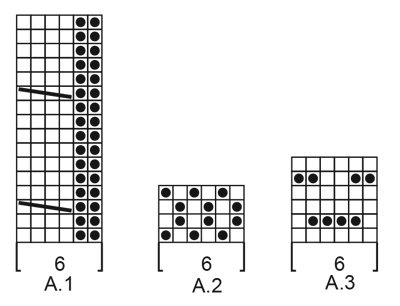
|
|||||||||||||||||||||||||||||||
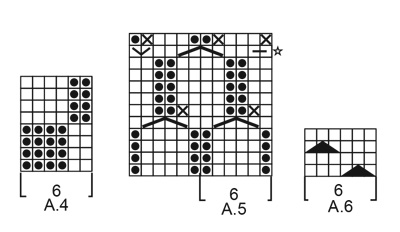
|
|||||||||||||||||||||||||||||||
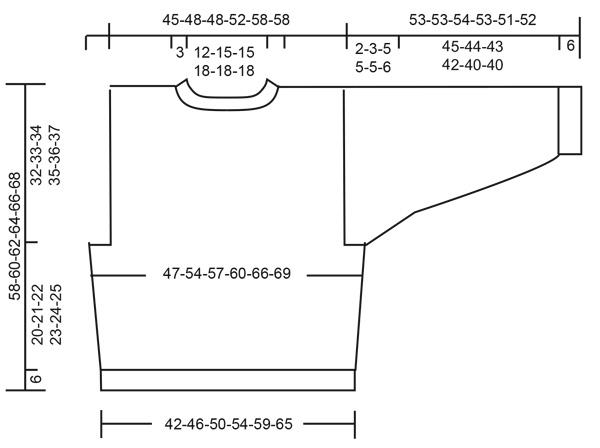
|
|||||||||||||||||||||||||||||||
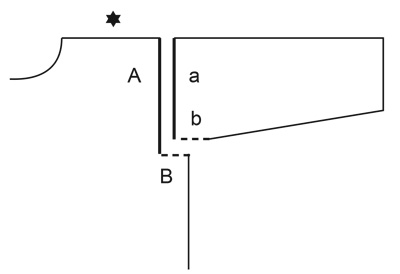
|
|||||||||||||||||||||||||||||||
|
Have you made this or any other of our designs? Tag your pictures in social media with #dropsdesign so we can see them! Do you need help with this pattern?You'll find tutorial videos, a Comments/Questions area and more by visiting the pattern on garnstudio.com. © 1982-2024 DROPS Design A/S. We reserve all rights. This document, including all its sub-sections, has copyrights. Read more about what you can do with our patterns at the bottom of each pattern on our site. |
|||||||||||||||||||||||||||||||







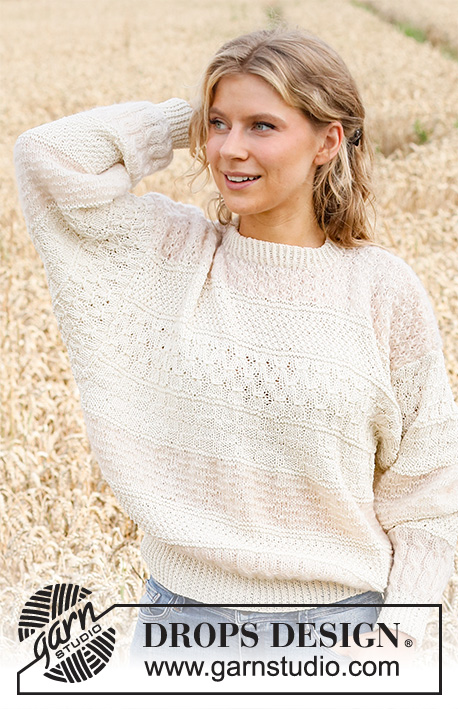
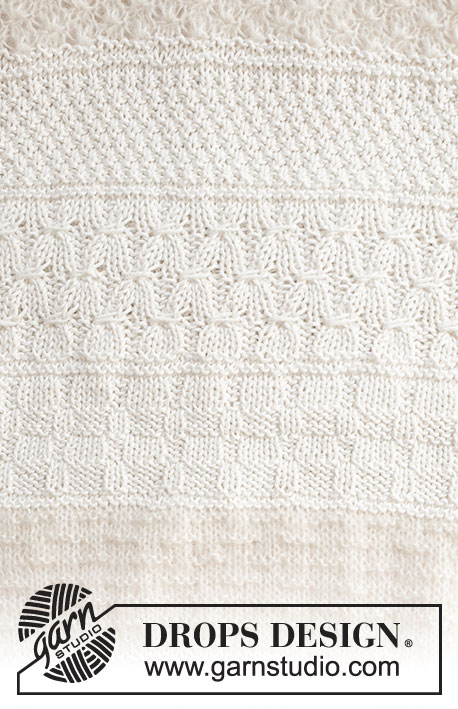

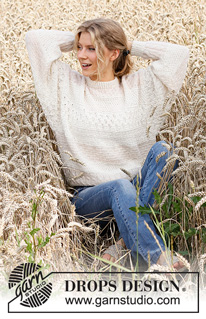
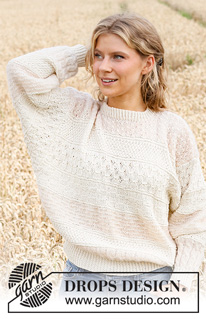



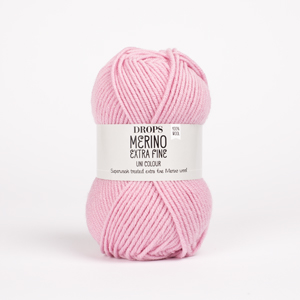
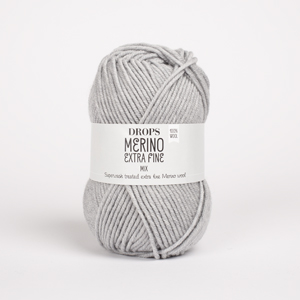












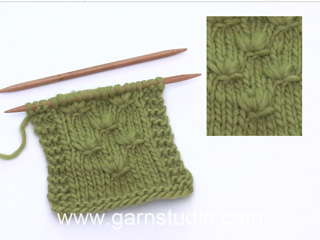

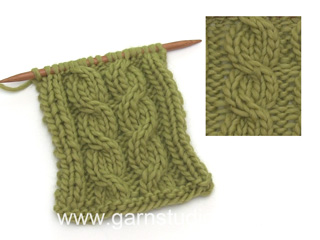
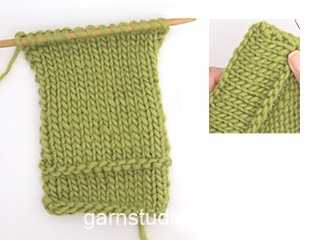



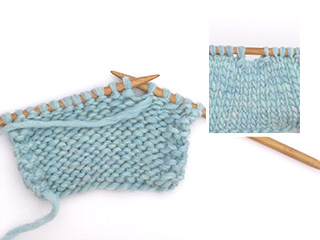



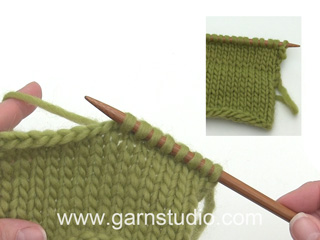

















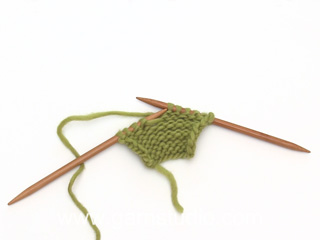




























Comments / Questions (66)
Bonjour, je n'arrive pas à faire le diagramme A5, le rendu ne fonctionne pas du tout. Y a t'il une erreur dans le diagramme ou auriez vous un vidéo expliquant le point? Merci à l'avance
12.02.2022 - 00:55DROPS Design answered:
Bonjour Annie, j'ai testé le diagramme et j'ai bien réussi à obtenir le même résultat, essayez de vous entraîner sur un petit échantillon de mailles (par exemple les 12 m du diagramme + 1 m lis de chaque côté) et soyez bien attentive aux mailles, au 5ème rang, vous ajoutez 1 maille (4ème symbole), que vous diminuez au 6ème rang (= 5ème symbole); au 11ème rang, augmentez 1 m au début du rang, puis 1 maille à chaque triangle, et 1 m à la fin du rang. Au 12ème rang, vous diminuerez aussi ces mailles en plus. Bon tricot!
14.02.2022 - 09:25Ja, jag har sett videon, men det verkar ändå inte stämma med mönstret och bilden?
09.02.2022 - 18:57DROPS Design answered:
Hej Linn, prøv at strikke en lille prøve først med 26 masker, så kan du strikke A.5 4 gange + 1 kantmaske i hver side, så kan du se hvordan det kommer til at se ud :)
11.02.2022 - 13:09Forts: Svårt att förklara, men på bilden så går liksom den långa extramaskan längre ut åt höger och de 4 slätstickade m sitter liksom inte ”ihop” utan det ser ut som att den tredje rm från höger liksom går in i extramaskan?
07.02.2022 - 04:51DROPS Design answered:
Hej Linn, har du set videoen om hvordan man strikker smockmønster: Smockmønster
09.02.2022 - 10:151: Jag får inte ihop det gällande A5. Jag får ihop själva mönstret och diagrammet, men problemet är att det inte blir som på bilden? Har gjort om och testat flera olika sätt, men det ska stämma, men det ser ut som att det är stickat på ett annat sätt på bilden. Kan det stämma?
07.02.2022 - 04:50Strikkes delene med brushed alpaca silk, i dobbelt tråd eller enkelt?
04.01.2022 - 12:04DROPS Design answered:
Hei Maria. Delene med DROPS Brushed Alpaca Silk strikkes med 1 tråd. mvh DROPS Design
04.01.2022 - 12:53Jeg forstår ikke, hvordan jeg skal strikke diagram A5. Jeg kan ikke få retpind og vrangpind til at passe. Det drejer sig om 5. og 6. pind. Altså hentning af ny maske mellem 4. og 5. maske og på 6. pind hvor der skal strikkes drejet ret. Maskerne passer ikke over hinanden???
06.12.2021 - 17:38DROPS Design answered:
Hej Anette, jo her ser du hvordan du gør: Smock mønster
07.12.2021 - 15:47Hihan silmukooden lisäysvinkissä(hihan alla) lukee:Neulo kunnes merkkilankaa edeltää 2 silmukkaa,tee langan kierto jne.Mikä ihme tuo merkkilanka on,missä kohtaan se on jos tasona neulotaan hiha?Ja tasona ohjeen mukaan hiha neulotaankin?!
05.12.2021 - 09:55DROPS Design answered:
Hei, hihoissa on nyt uusi lisäysvinkki.
08.12.2021 - 17:01Hei. Ser at dere svarer på en kommentar i august 2021 at dere vil lage video som forklarer hvordan A6 strikkes. Håper at dere har gjort det, for jeg trenger hjelp med samme mønster. På forhånd takk.
02.12.2021 - 20:46DROPS Design answered:
Hej Nataliya. Du hittar videon här. Mvh DROPS Design
03.12.2021 - 12:156 kerää (300g) merino extra fine lankaa ei riittänyt lähellekään kokoon S, vaan tarvitsin vielä yhden kerän lisää. Aloitin 6. kerän kun ensimmäistä hihaa oli vielä ~8cm neulomatta.
18.11.2021 - 12:50I am confused with the sleeves. The ribbing worked fine for the front and back (when casting on an odd number of stitches). I’m doing the second size so have cast on 48 and done a purl row. Row 1 says knit first stitch as garter stitch edge and then continue with twisted knit stitch and purl until last two stitches, do one twisted knit and garter stitch edge. This works fine with an odd number of stitches but not with an even, as the penultimate stitch is a purl? Where am I going wrong?
13.11.2021 - 19:07DROPS Design answered:
Dear Victoria, there is a mistake in the English version; thank you for pointing it out. We'll try to correct it as soon as possible. You work 1 twisted knit and purl 1 until 1 stitch is left and then the last stitch is worked in garter stitch (the edge stitch).
14.11.2021 - 19:54